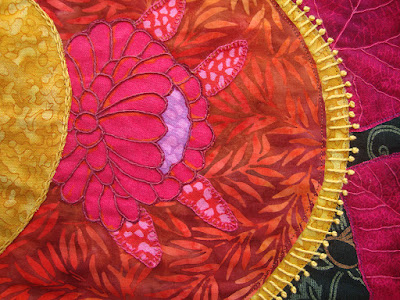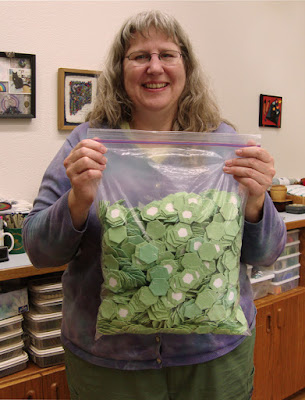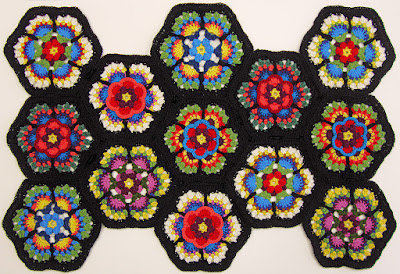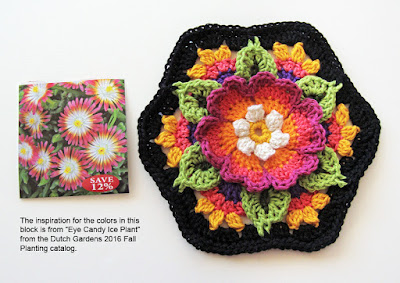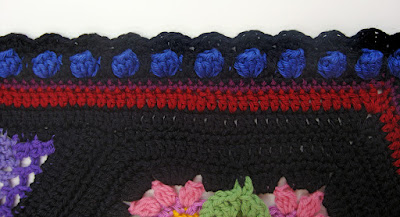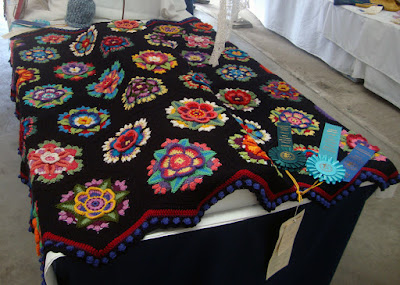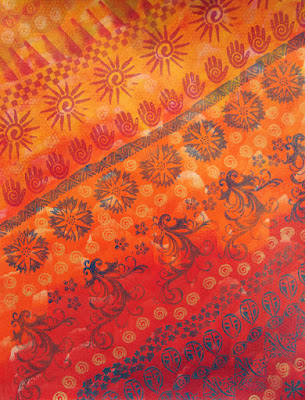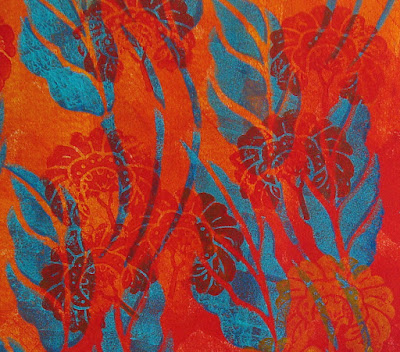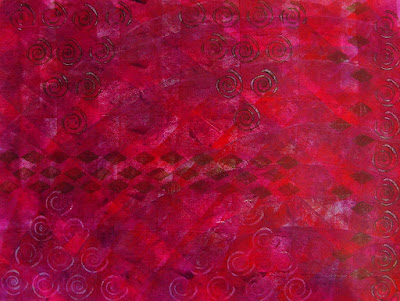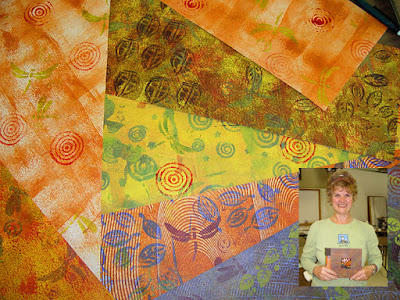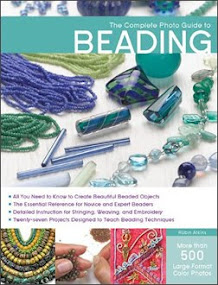With very mixed feelings, sadness and joy all jumbled together, I closed my business with the state of Washington today, retroactive to December 31, 2016.
It's super great to think about never having to keep track of business miles, save receipts for every little business expense, do the tedious bookkeeping, take end-of-the-year inventory, or prepare everything for taxes.... Not ever again will I have to do any of those odious tasks!
 |
| Me, celebrating 41 years in business as Artist - Teacher - Author |
On the other hand, my business has pretty much been my "identity" since 1975. That's 41 years - more than half of my life. What am I now? How will I respond when somebody asks, "What do you do?" Will I say, "Oh, I'm retired now?" Will I say, "I'm an artist?" It feels a little like I'm walking around 3/4 naked, the clothes of the past 41 years gone, the remaining artist clothes not enough to cover my nakedness.
But, we will not have any crying over spilled milk; the deed is done; the authorities officially notified. And, with respect, I thought it might be fun to share a few photos here, photos of the business me, and the story in more-or-less chronological order.
It all started when I met Liz Chenoweth, who is still my closest friend, and who at the time was studying metalsmithing at the University of Washington and I think working for a commercial jewelry manufacturing business in Seattle. I got the bug from her. After taking a short class in soldering sterling silver to make jewelry, I bought a workbench and all the tools, getting into it full-tilt-boogie! Liz helped me, teaching me all that she knew, and helping me to realize the design ideas I had.
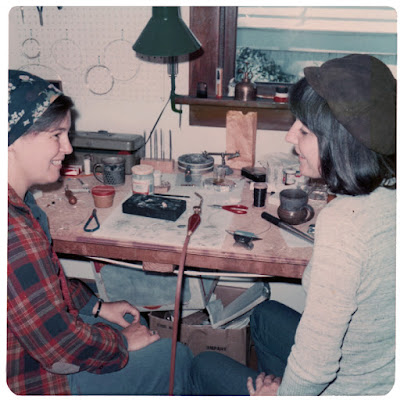 |
| Liz (on the right) and me in our metalsmithing shop, The Fort |
I don't recall the exact date that I drove to the Department of Licensing to get my business license, but on that day, I named my business
Atkins Creations, because I intended to make and sell sterling silver (and a little later, gold) jewelry. I bought a handsome, red, ledger book, and began the 41 year process of keeping track of all expenses and all income, mostly for tax purposes.
 |
| Sterling silver ring, commissioned by a male customer |
New-beginnings.... in the spring of 1975, Liz and I decided to set up a metalsmithing shop in the spare bedroom in my little home in Ballard. Removing all other furniture, we put in side-by-side workbenches, and installed a polishing table/motor. We called our shop the Fort, because we were just like kids in the summer, when we couldn't wait to be in our "fort," our hideaway, our own special place. We both had day jobs, but we lived for spending time in the Fort. My job was 5 days on, followed by 5 days off, which was great because I could work with metal for 5 consecutive days at a time.
 |
| Jasper stone set in sterling silver, sterling clasp, leather cord - this is a man's necklace |
We sold our work at some of the craft fairs of the time, but mostly we held "open studio" days at my home, slowly building a fairly decent client list. Eventually we made most of our money doing commissions. It was a marvelous, fun time in my life. That's for sure!
 |
| This is the display of my silver and gold creations at our second "open studio," 1977 |
Three years later, in 1978, I started a new "day job," one which quickly turned into something much more demanding of both my time and creative energies than had been my previous job. Soon, I could no longer continue making and selling jewelry at the previous pace. And, by the early 1980s my jewelry tools and supplies were lonely and dust covered. But, I didn't close the business officially.
 |
| Multiple strand necklace in style taught by Carol Berry |
The hook was still set, because in 1987, I took a 2-day class from Carol Berry on making multiple-strand beaded necklaces. BEADS! In those two short days, I fell absolutely bonkers in love with beads, and within a few months, I was back in business again.
 |
| Multiple strand necklace I made as a "project" for Margie Deeb's book, The Beader's Color Palette |
This time, I added the name
Beads Indeed! to the official license, making it
Atkins Creations - Beads Indeed! Nice, huh?! Plus I quit my day job, deciding to support myself somehow with beads. Not easy. Especially for the first few years. Hard work and lots of rice for dinner. Since the selling part of making gold/silver jewelry was never fun for me, I decided to make my living this time by selling beads (just the "raw" beads, not made into jewelry) and teaching classes. If I sold a few pieces of beaded jewelry, that would be fine, but there would be no pressure to pay the bills by promoting my own creations. On the other hand, selling beads WAS fun; and buying beads to sell was even more fun!
By 1988, I sold my metalsmithing equipment, and turned my garage into a studio/store for both selling beads and teaching beading workshops. For 10 years, that was my life, my identity...
Beads Indeed!, open every Wednesday of the year, classes most weekends, open for your beading needs at any time by appointment.
It worked! I could have my cake (beading/beadwork) and eat it (selling beads and teaching classes) at the same time. You have to know that back then I did not in any way consider myself an
artist. I knew I was a pretty good
craftsman, making jewelry that would last and that looked great technically. But I did not think of myself as a creative person.
 |
| Generations, a small pouch, my first improvisational bead embroidery piece |
The discovery (made mostly by Carol Berry, with some input by me) of "improvisational bead embroidery" in 1991 caused a shift, both in my sense of identity and my business. Gradually, stitching beads on fabric without a plan, letting a piece develop bit by bit without trying to control it, and thankfully with no intention of ever selling it, altered my perceptions about myself as a craftsman, turning me into an artist.
This was such a huge alteration of identity. It made me feel more sure of myself as a teacher, and gave me the confidence to promote my beading workshops far beyond the walls of my studio/shop. I traveled to many states, teaching at conferences, for bead shops and guilds, branching out to teach beading to quilters and fiber artists, eventually even teaching at art schools. All in all,
Beads Indeed!, in Seattle turned into a pretty decent business. I could afford to eat out now and then, plus travel to far away places, like China, Germany, and Eastern Europe, on bead-buying trips.
Those 10 years, immersed in beads, with a growing sense of myself as an artist, gave me the confidence to begin writing books about beading, which in turn, provided another source of income, income I would need after moving from Seattle to San Juan Island, where I could no longer depend on selling beads to support myself because the population base was so small.
 |
| Marriage Bag, a small purse I made while deciding if I should marry Robert |
That move, in 1998, was because I met Robert Demar, who a few years later became my husband. He already lived on San Juan Island, which was a plus for me, because I love it here, much more than living in a big city, even though Seattle is quite nice as cities go. After we married, I still traveled widely and fairly frequently to teach beading workshops, but I needed to fill the time when I was home and also needed to earn more money. The answer came easily... write books about beading! My first book,
One Bead at a Time, was published in 2000, and was re-printed 3 times. Including two small booklets, there are currently nine books with my name as the author.
 |
| My first book, published in 2000 |
 |
| My most recent book, published in 2013 |
I guess my business identity, for the past 41 years, can be summarized as: "teacher-artist-author." But, in the last two years, it's been mostly "artist," with much less teaching and no further book writing. Business income has dwindled to a pittance, I'm 74 years old, and I don't enjoy the record-keeping. Even my accountant agreed. So today I pulled the plug on
Atkins Creations - Beads Indeed!
Already there are new questions facing me, questions such as:
- What shall I do with the remaining inventory of my book, Heart to Hands Bead Embroidery?
- Shall I keep paying for my website (my domain name and web service), which includes my primary email address, and which badly needs to be updated?
- Shall I continue teaching now and then, maintaining the necessary supplies to do so?
- Can I immerse myself in creating things (quilts, art, bookmaking, beading, etc.), with no intention of doing anything with the things I create, not using them as examples when I teach, and not selling them?
- And, of course, there's the question at the top of this post.... who am I now?
 |
| Home, one in a series of bead embroidery pieces about gratitude |
|
|















